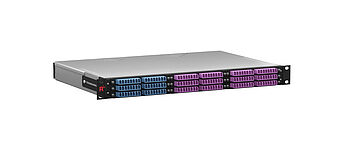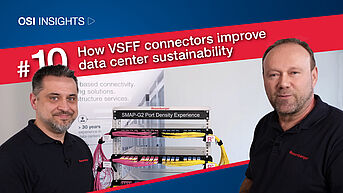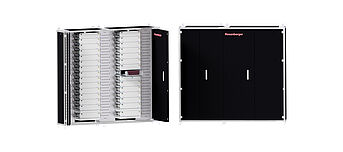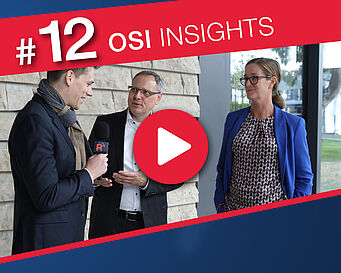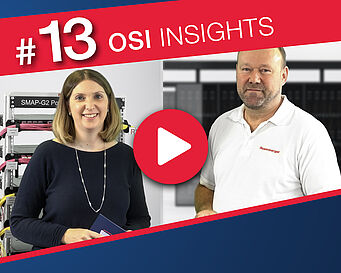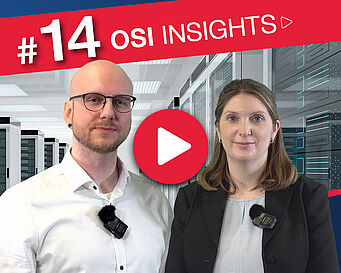Criteria and influencing factors for more sustainable data centers
Anyone who only looks at power sources and waste heat when it comes to the sustainability of data centers is falling short. There are many more starting points for a smaller CO2 footprint. In addition to building construction and energy supply, suppliers of data center infrastructure are also called upon to participate in this task for society as a whole. But how can this be achieved successfully?
ESG criteria as a competitive factor for a sustainable data center
More sustainable companies have been shown in various studies [e.g. here: www.der-bank-blog.de/nachhaltigkeit-return-investment/studien/37695056/] to be more resilient to crises, with similar or even better profit margins - at least if the topic is really lived and not just written on paper.
Whereby ESG covers more than just climate or environmental protection. In addition to Environment (E), it also includes Social (S) and Government (G), i.e. compliance with certain social standards and legal requirements, such as the prohibition of child labor, the observance of sanctions or not committing bribery.
How suppliers can positively influence sustainability in the data center
RoHS and REACH: EU Directive 2011/65/EU stands for the Restriction of Certain Hazardous Substances (RoHS) in electrical and electronic equipment. Closely related to this is EU Regulation No. 1907/2006, which regulates the Registration, Evaluation, Authorization and Restriction of Chemicals (REACH). Unlike RoHS, REACH not only affects E&E products, but also their use during the manufacturing process, such as in paints and solvents, as well as their use in housings and coatings, for example.
Manufacturers, distributors and importers are responsible for complying with RoHS and REACH and demonstrating compliance to authorities and customers. One contribution to reducing hazardous substances is, for example, the switch in connectors to Ecobrass, a high-quality brass alloy that no longer contains toxic lead; another way to conserve resources is to use recycled aluminum.
Conflict minerals: Under the Dodd-Frank Act (Section 1502), all listed companies in the USA and their suppliers are required to prove the origin of certain raw materials classified as conflict minerals from their products. In the EU, this was adopted into local law by Regulation 2017/821. In particular, conflict minerals refer to tin, tungsten, tantalum and gold, also known as "3TG" after their English names (Tin, Tungsten, Tantalum & Gold). Their mining causes human rights violations and armed conflicts in many regions. For this reason, their use is only permitted if it is ensured along the supply chain that they originate from regions where the ores and materials are responsibly extracted and processed.
Code of Conduct: Beyond the legal requirements, voluntary commitments and agreements within the company can also help to strengthen sustainability and social responsibility. As written guidelines, they provide management and employees with orientation for their own decisions, which increases the binding nature and likelihood of implementation. They also demonstrate the orientation to customers and partners - where the proportion of those who pay attention to ethical and social behavior is growing.


